The wetsuit market is experiencing a significant surge, driven by the increasing popularity of water sports and advancements in material technology. As more people engage in activities like surfing, scuba diving, and triathlons, the demand for high-quality wetsuits continues to grow. This article delves into the global demand and growth of the wetsuit market, key players and brands, and regional market insights.
Table of Contents:
– Market Overview of Wetsuits
– Types and Styles of Wetsuits
– Performance and Functionality
– Design and Aesthetics
– Materials and Fabrics
Market Overview of Wetsuits
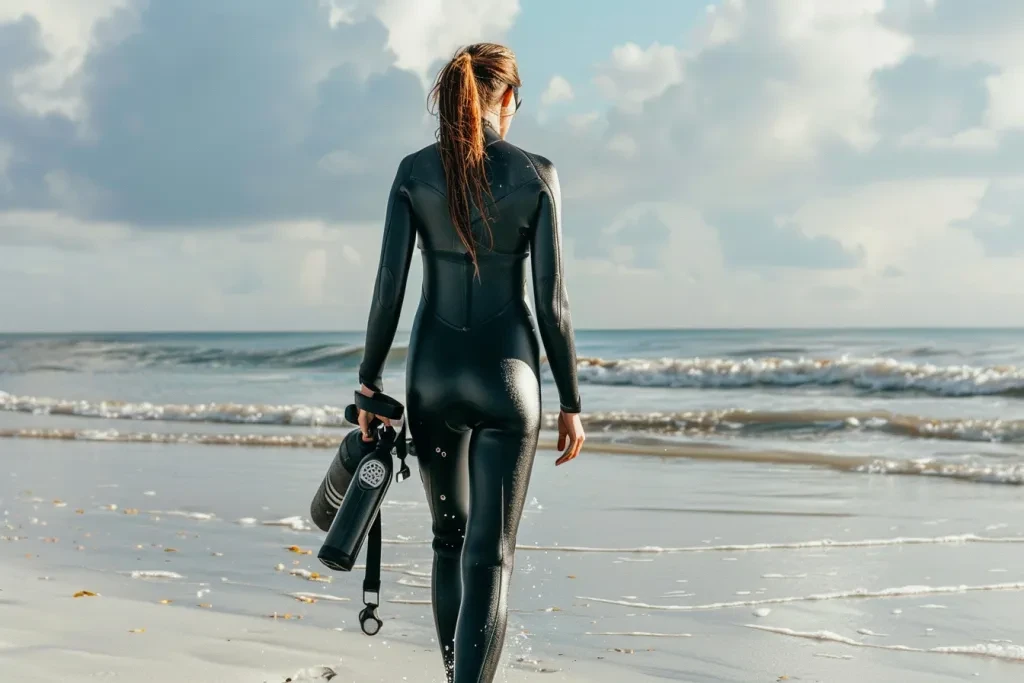
Global Demand and Growth
The global wetsuit market has seen remarkable growth, expanding from USD 3.33 billion in 2023 to an anticipated USD 3.62 billion in 2024. According to Research and Markets, the market is projected to continue its upward trajectory, reaching USD 6.77 billion by 2030, with a compound annual growth rate (CAGR) of 10.65%. This growth is largely attributed to the rising popularity of water sports across various age groups, driven by increased awareness of physical fitness and a preference for outdoor activities.
The expansion of tourism industries in coastal regions has also played a significant role in boosting the demand for wetsuits. Tourists engaging in local aquatic adventures such as surfing, scuba diving, and snorkeling contribute to the market’s growth. However, the high cost of raw materials like neoprene poses a challenge to manufacturers, potentially impacting product prices for end-users.
Key Players and Brands
The wetsuit market is highly competitive, with several key players dominating the landscape. Notable brands include O’Neill, Billabong, Rip Curl, Body Glove, and Quiksilver. These companies are renowned for their innovative designs and high-performance wetsuits that cater to a wide range of water sports enthusiasts.
Recent developments in the market highlight the dynamic nature of the industry. For instance, Triathlon Australia announced a partnership with Deboer Performance Wetsuits, offering customers access to Deboer’s high-performance range. Similarly, 7Till8 collaborated with Basic Blue to create a line of wetsuits specifically designed for women and children, addressing a significant gap in the market. Orca also introduced a new high-performance surfing wetsuit line, Tango, made from high-quality materials supplied by Yamamoto Corporation.
Regional Market Insights
The wetsuit market exhibits significant regional variations, with the Americas representing a substantial share due to its extensive coastline and thriving water sports culture. The region’s adoption of technologically advanced wetsuits further drives demand. Europe also shows considerable potential, with active participation in water sports events and significant investment in research and development within the sector.
In the Middle East, the growing tourist influx and efforts to promote tourism have led to a rising demand for wetsuits. Asia-Pacific, with its diverse coastal regions, offers ample opportunities for water-based recreational activities. Innovations in production technology and increased investment in R&D are driving market growth in this region.
Types and Styles of Wetsuits
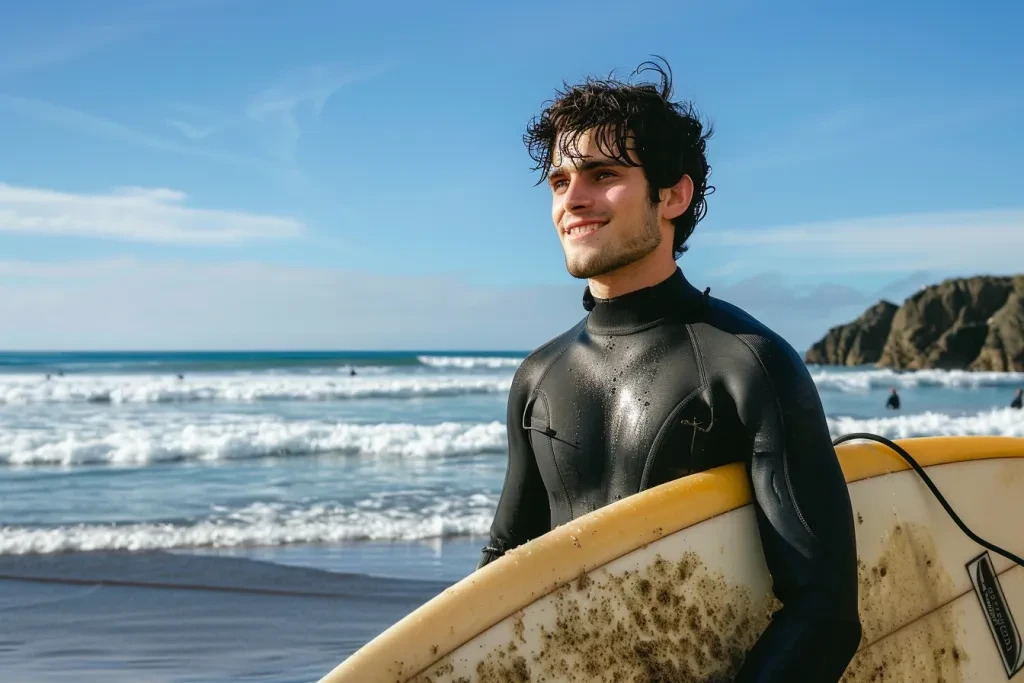
Full Wetsuits vs. Shorties
When it comes to wetsuits, the choice between full wetsuits and shorties often depends on the water temperature and the type of activity. Full wetsuits cover the entire body, including arms and legs, providing maximum thermal insulation and protection against cold water. They are ideal for colder climates and activities such as surfing, diving, and open-water swimming. On the other hand, shorties, which have short sleeves and legs, are designed for warmer waters. They offer greater flexibility and are perfect for activities like snorkeling and recreational swimming in tropical climates.
Steamer Wetsuits for Cold Waters
Steamer wetsuits are specifically designed for extremely cold water conditions. These wetsuits are typically made from thicker neoprene, ranging from 5mm to 7mm, to provide superior thermal insulation. The term “steamer” refers to the full coverage these wetsuits offer, including sealed seams and additional thermal linings to retain body heat. Steamer wetsuits are essential for surfers, divers, and other water sports enthusiasts who venture into frigid waters, ensuring they stay warm and comfortable.
Spring Suits for Warmer Climates
Spring suits are a popular choice for warmer climates and transitional seasons. These wetsuits are usually made from thinner neoprene, around 2mm to 3mm, and feature short sleeves and legs. Spring suits provide a balance between warmth and flexibility, making them ideal for activities like surfing, paddleboarding, and kayaking in mild water temperatures. They offer protection from the sun and minor abrasions while allowing for a full range of motion.
Performance and Functionality
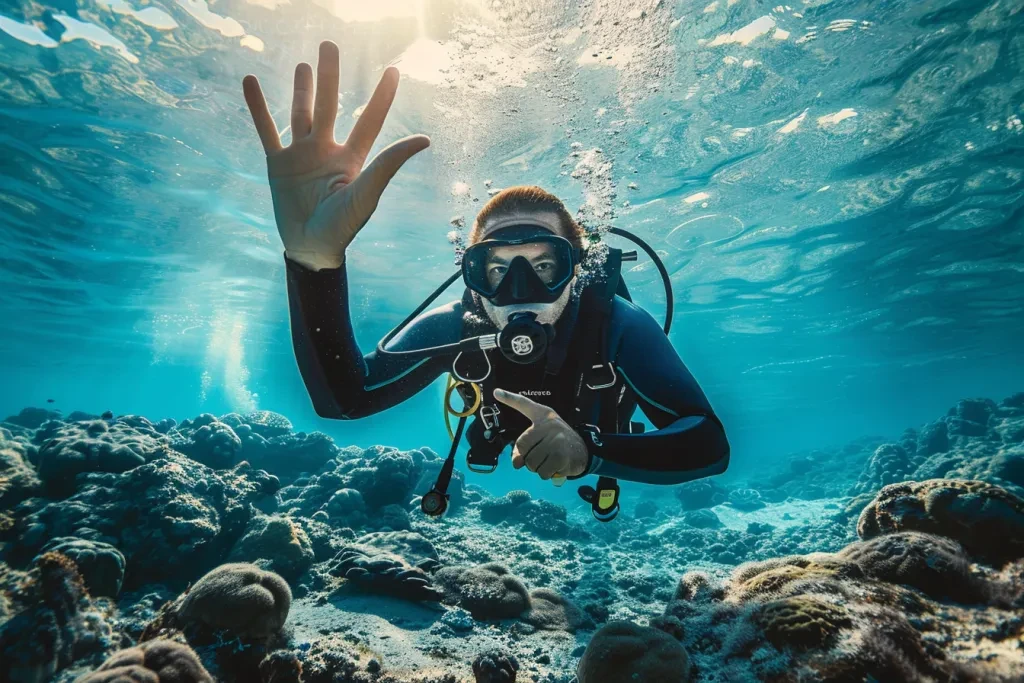
Thermal Insulation and Warmth
The primary function of a wetsuit is to provide thermal insulation and keep the wearer warm in cold water. Neoprene, the most common material used in wetsuits, traps a thin layer of water between the suit and the skin. This water is then warmed by the body heat, creating an insulating barrier. The thickness of the neoprene plays a crucial role in the level of warmth provided. For instance, a 5mm wetsuit offers more insulation than a 3mm wetsuit, making it suitable for colder conditions.
Flexibility and Mobility
Flexibility and mobility are critical factors in wetsuit performance, especially for activities that require a wide range of motion, such as surfing and diving. Modern wetsuits are designed with advanced neoprene materials that offer high stretch and flexibility. This allows for unrestricted movement, reducing fatigue and enhancing performance. Additionally, strategic paneling and seam placement further improve mobility by minimizing resistance and maximizing comfort.
Durability and Longevity
Durability is a key consideration for wetsuit users, as these garments are often exposed to harsh conditions, including saltwater, UV rays, and abrasive surfaces. High-quality wetsuits are constructed with durable neoprene and reinforced seams to withstand wear and tear. Features such as knee pads, reinforced stitching, and abrasion-resistant panels contribute to the longevity of the wetsuit, ensuring it remains functional and protective over time.
Design and Aesthetics
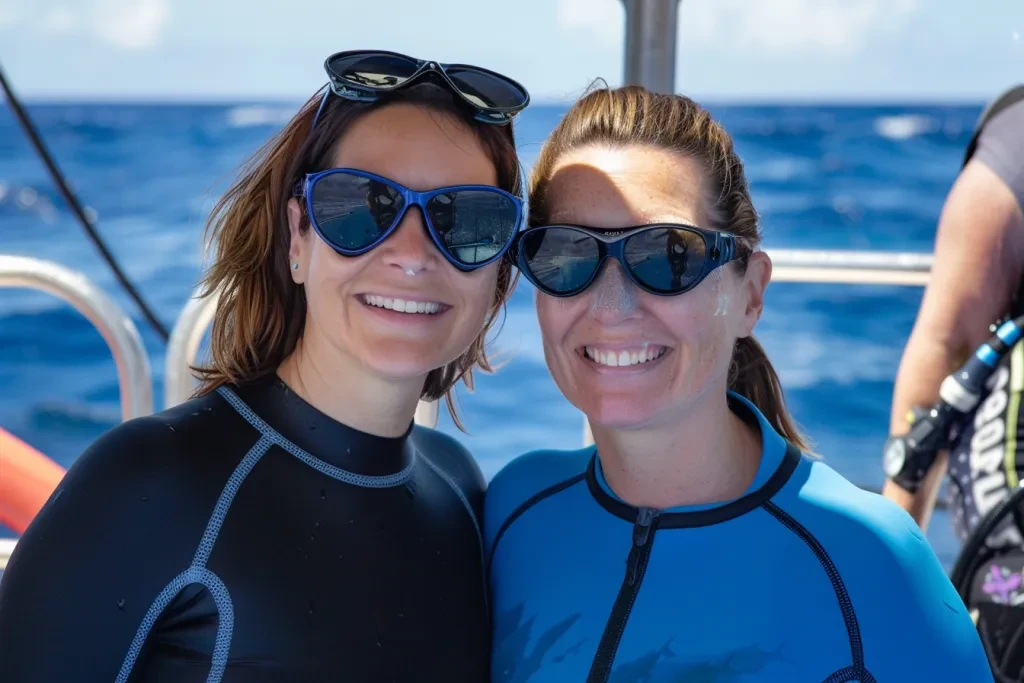
Modern Patterns and Prints
The design and aesthetics of wetsuits have evolved significantly, with modern patterns and prints becoming increasingly popular. According to the Miami Swim shows, aquatic prints featuring coral and shell motifs are trending, as seen on bikinis, kaftans, and shirt/shorts sets. These designs not only enhance the visual appeal of wetsuits but also reflect the wearer’s personality and style. Incorporating elements like gold shell clasps, beads, or shells into the design can elevate the overall look, making the wetsuit both functional and fashionable.
Color Trends in Wetsuits
Color trends in wetsuits are influenced by broader fashion movements. Aqua, for instance, has emerged as a significant color trend for 2025, supported by ocean themes and popularized by the Jacquemus Fall 2024 show, where 36% of looks included this hue. This trend is further bolstered by celebrities like Dua Lipa and Anne Hathaway, who have embraced blue tones in their wardrobes. Incorporating trending colors into wetsuit designs can attract fashion-forward consumers and keep the product line fresh and appealing.
Customization Options for Unique Looks
Customization options are becoming increasingly important in the wetsuit market, allowing consumers to create unique and personalized looks. Brands can offer customization services such as choosing colors, patterns, and adding personalized logos or text. This trend caters to the growing demand for individuality and self-expression in fashion. Customization not only enhances the aesthetic appeal of wetsuits but also fosters a deeper connection between the brand and the consumer.
Materials and Fabrics
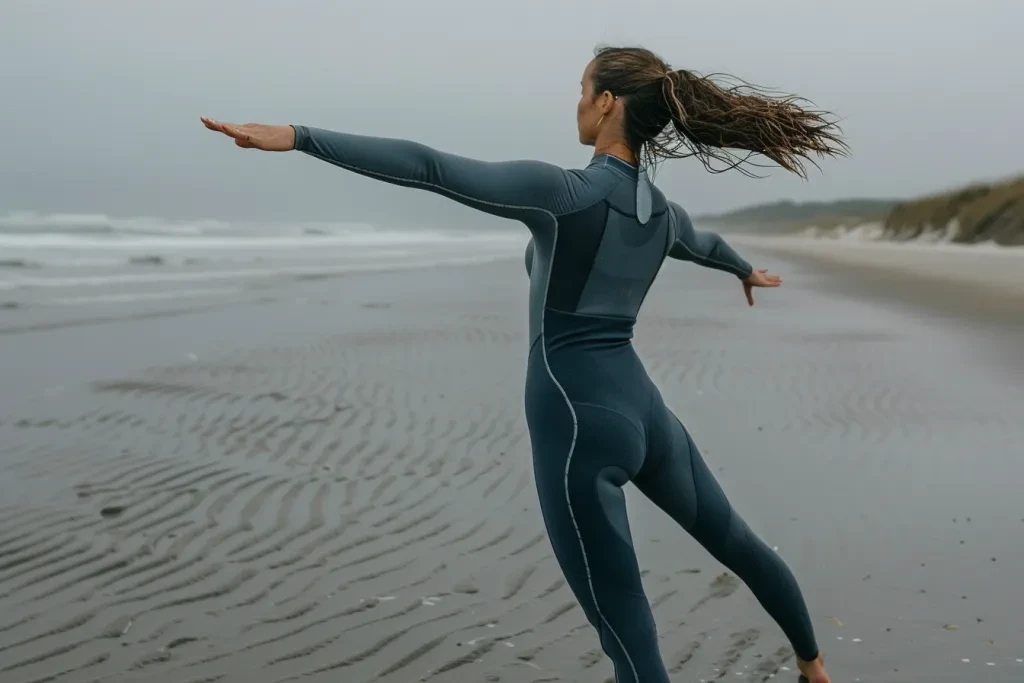
Neoprene and Its Variants
Neoprene is the most widely used material in wetsuits due to its excellent thermal insulation and flexibility. There are various types of neoprene, including standard neoprene, limestone-based neoprene, and super stretch neoprene. Limestone-based neoprene is considered more eco-friendly as it reduces the reliance on petroleum-based products. Super stretch neoprene offers enhanced flexibility and comfort, making it a preferred choice for high-performance wetsuits.
Eco-Friendly Materials in Wetsuits
The demand for eco-friendly materials in wetsuits is on the rise, driven by increasing environmental awareness among consumers. Brands are exploring sustainable alternatives to traditional neoprene, such as Yulex, a plant-based rubber derived from the guayule plant. According to [organization name], the use of eco-friendly materials not only reduces the environmental impact but also appeals to environmentally conscious consumers. Additionally, incorporating recycled materials and biodegradable fabrics can further enhance the sustainability of wetsuits.
Advances in Fabric Technology
Advances in fabric technology have led to significant improvements in wetsuit performance and comfort. Innovations such as quick-drying linings, thermal linings, and seamless construction enhance the overall functionality of wetsuits. Quick-drying linings reduce the time it takes for the wetsuit to dry, making it more convenient for users. Thermal linings provide additional warmth, while seamless construction minimizes chafing and increases comfort. These technological advancements ensure that modern wetsuits meet the evolving needs of water sports enthusiasts.
Conclusion
The wetsuit market is continuously evolving, driven by advancements in materials, design, and technology. As we look towards the future, the focus on sustainability and customization will likely shape the industry, catering to the growing demand for eco-friendly and personalized products. With trends like aquatic prints, vibrant colors, and innovative fabric technologies, wetsuits are not only becoming more functional but also more stylish and appealing. As consumers seek both performance and aesthetics, the wetsuit industry is poised for exciting developments and growth.





 Afrikaans
Afrikaans አማርኛ
አማርኛ العربية
العربية বাংলা
বাংলা Nederlands
Nederlands English
English Français
Français Deutsch
Deutsch हिन्दी
हिन्दी Bahasa Indonesia
Bahasa Indonesia Italiano
Italiano 日本語
日本語 한국어
한국어 Bahasa Melayu
Bahasa Melayu മലയാളം
മലയാളം پښتو
پښتو فارسی
فارسی Polski
Polski Português
Português Русский
Русский Español
Español Kiswahili
Kiswahili ไทย
ไทย Türkçe
Türkçe اردو
اردو Tiếng Việt
Tiếng Việt isiXhosa
isiXhosa Zulu
Zulu